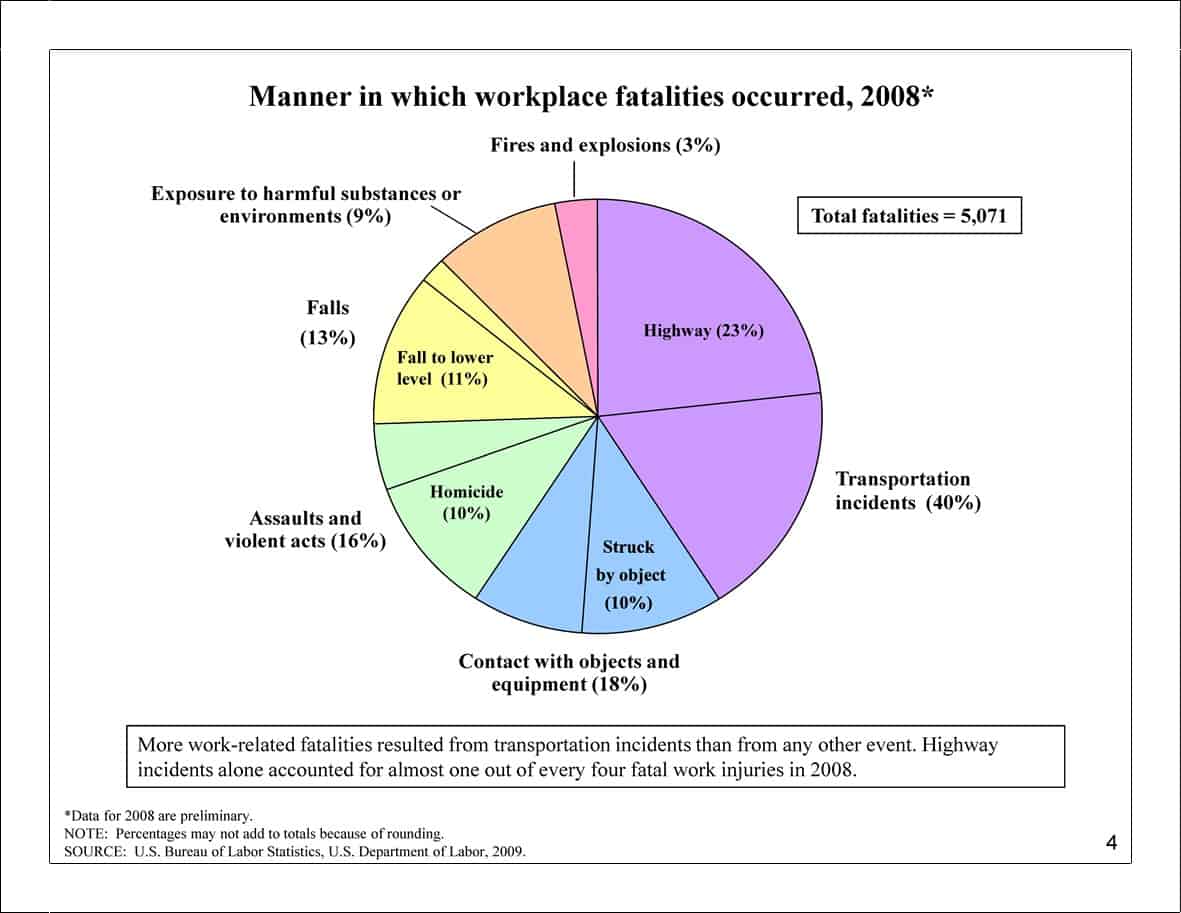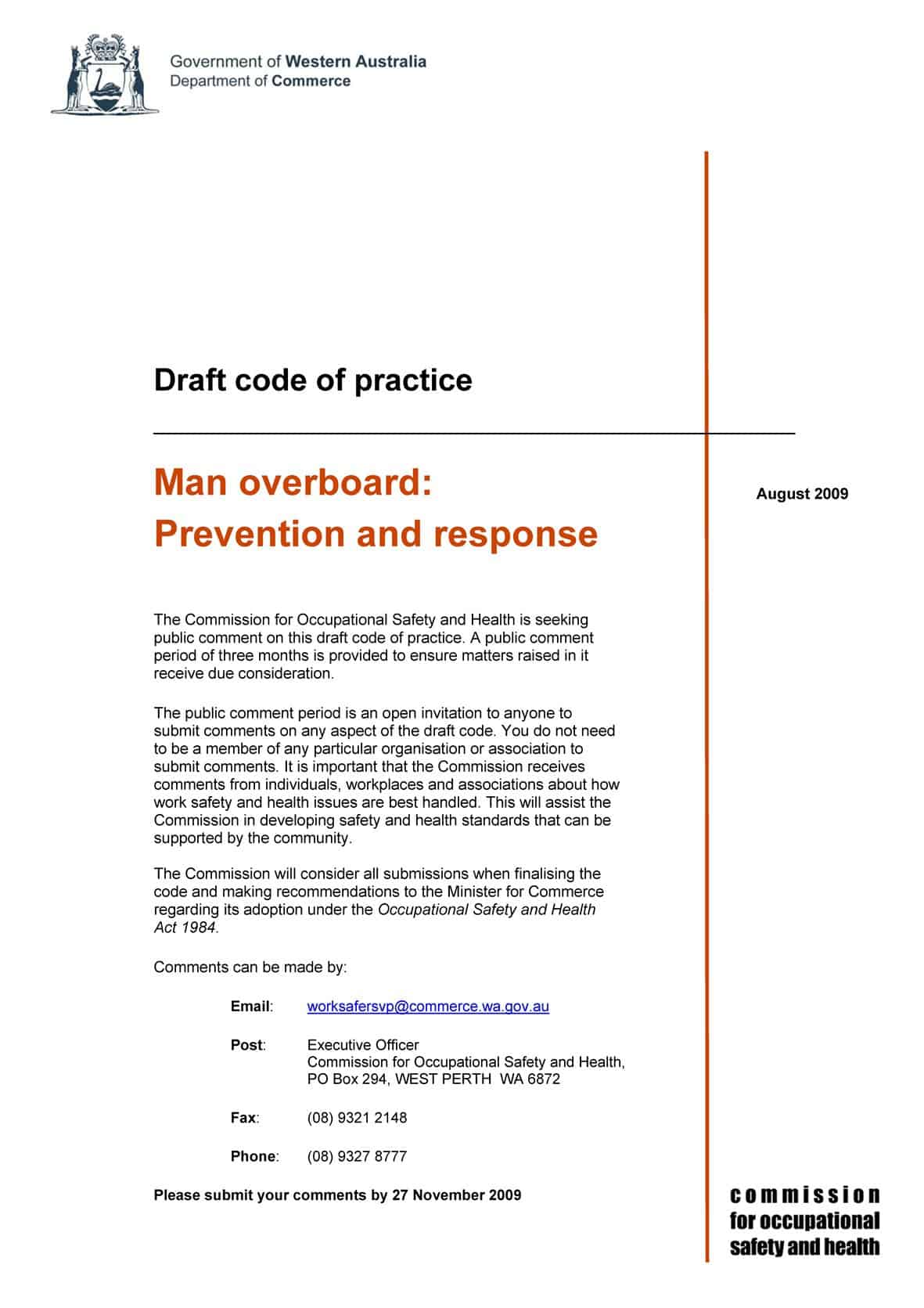Doug Henwood releases regular podcasts of his radio broadcasting and occasionally there is content that provides an interesting perspective on occupational health and safety, as does the 3CR program, Stick Together. On August 1 2009 Henwood interviewed journalist, Steve Early, author of “Embedded With Organized Labor”. The podcast is available online. The Early interview clicks in at the 38 minute mark.
(A video interview with Steve Early is also available)
Early talks about how difficult the United States union movement has found it to maintain the enthusiastic momentum from 15 years ago. He says that several industrial relations programs have slowed due to a lack of support from the grass roots or perhaps the exclusion of this sector in the initial planning of the programs.
As with many policy issues in the early period of the Obama government, a lot of interest is being placed on labour relations. The government has begun discussions with labour leaders but these leaders face the challenge of gaining the government’s attention during the miasma of policy changes and President Obama has clearly stated to labour leaders, according to Early, that health care is his primary policy area at the moment. The last month has shown the level of the challenge on health care policy.
Steve Early echoes the thoughts of Tom Bramble, an Australian academic analyst of unions, when he advocates an increased role for the rank-and-file union members. It is in this sector that the passionate values of industrial relations and trade unionism are felt the strongest, often because it has avoided the political baggage that comes with the upper levels of the union movement.
Early reiterates that the best asset for change is an organisation’s membership. He agrees that there is often a class-divide between the rank-and-file members and union management. In many large organisations, senior executives are being encouraged to gain a better understanding of their organisations by jumping across the structure to (re)experience the lot of the membership.
Early says that the union movement in the 1930s resolved this by a major reconstruction of unions. Corporations and conservative organizations are loathe to deconstruct in order to rebuild because, primarily, the executives get too comfortable. Executives who genuinely understand their organisation, particularly those organisations that are member-based, can rebuild and remain true.




